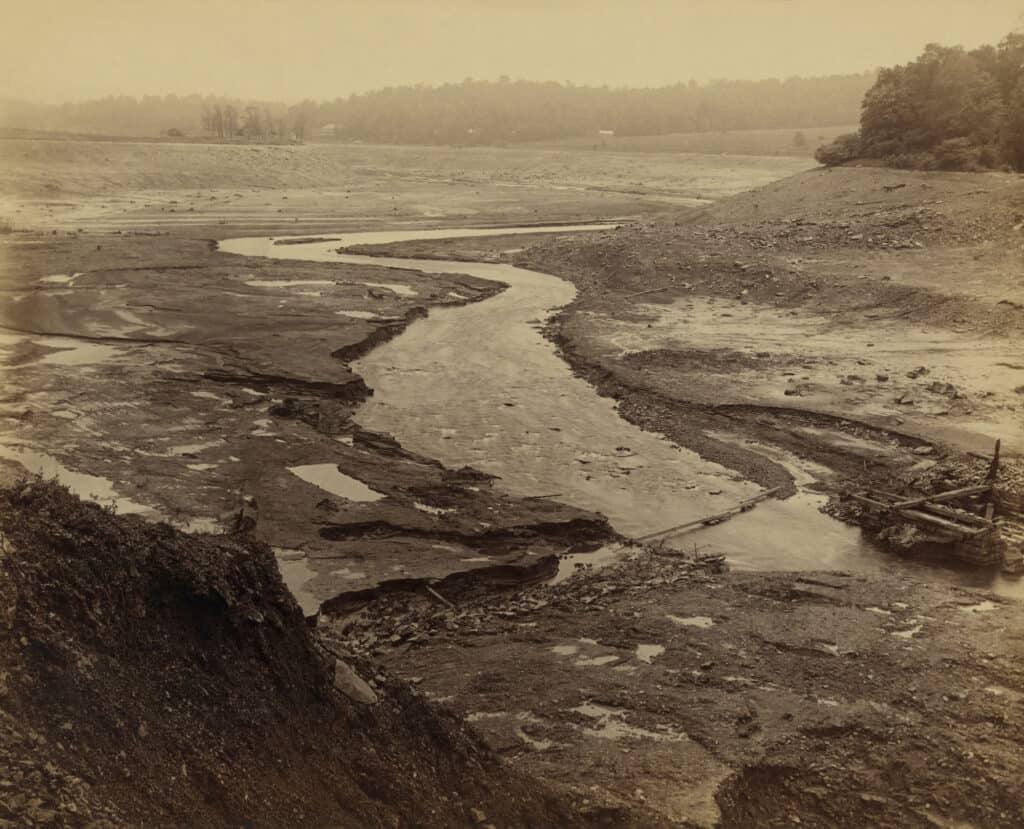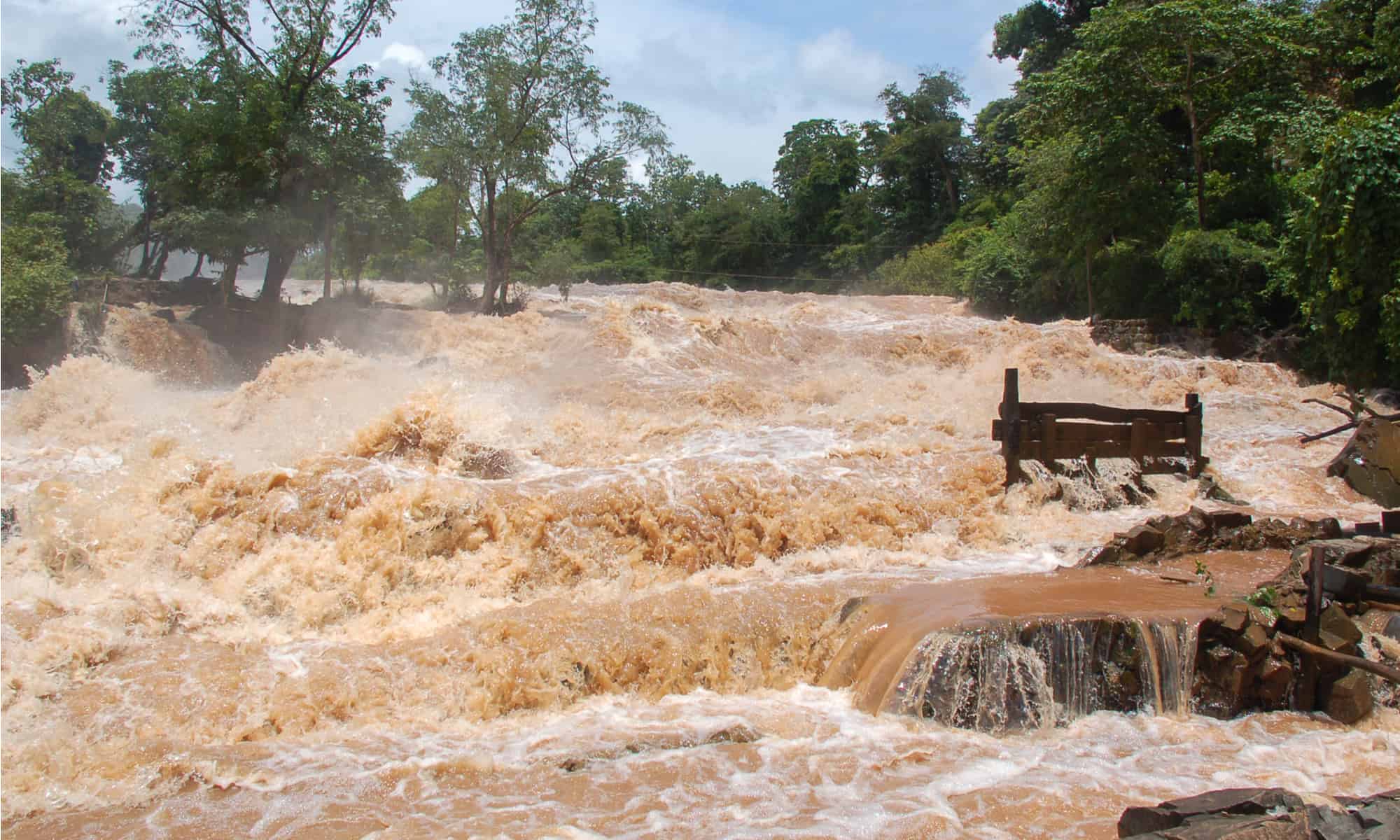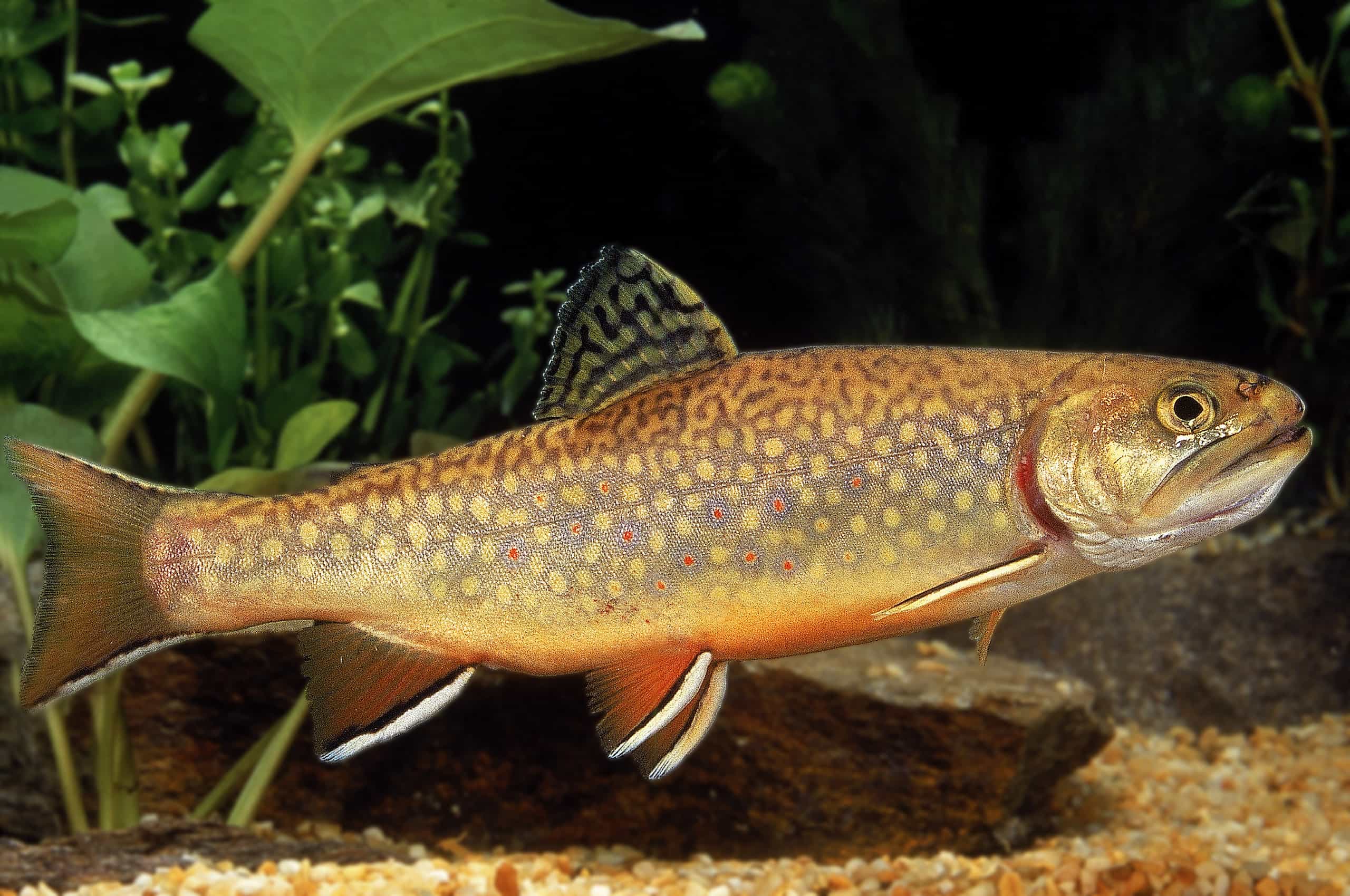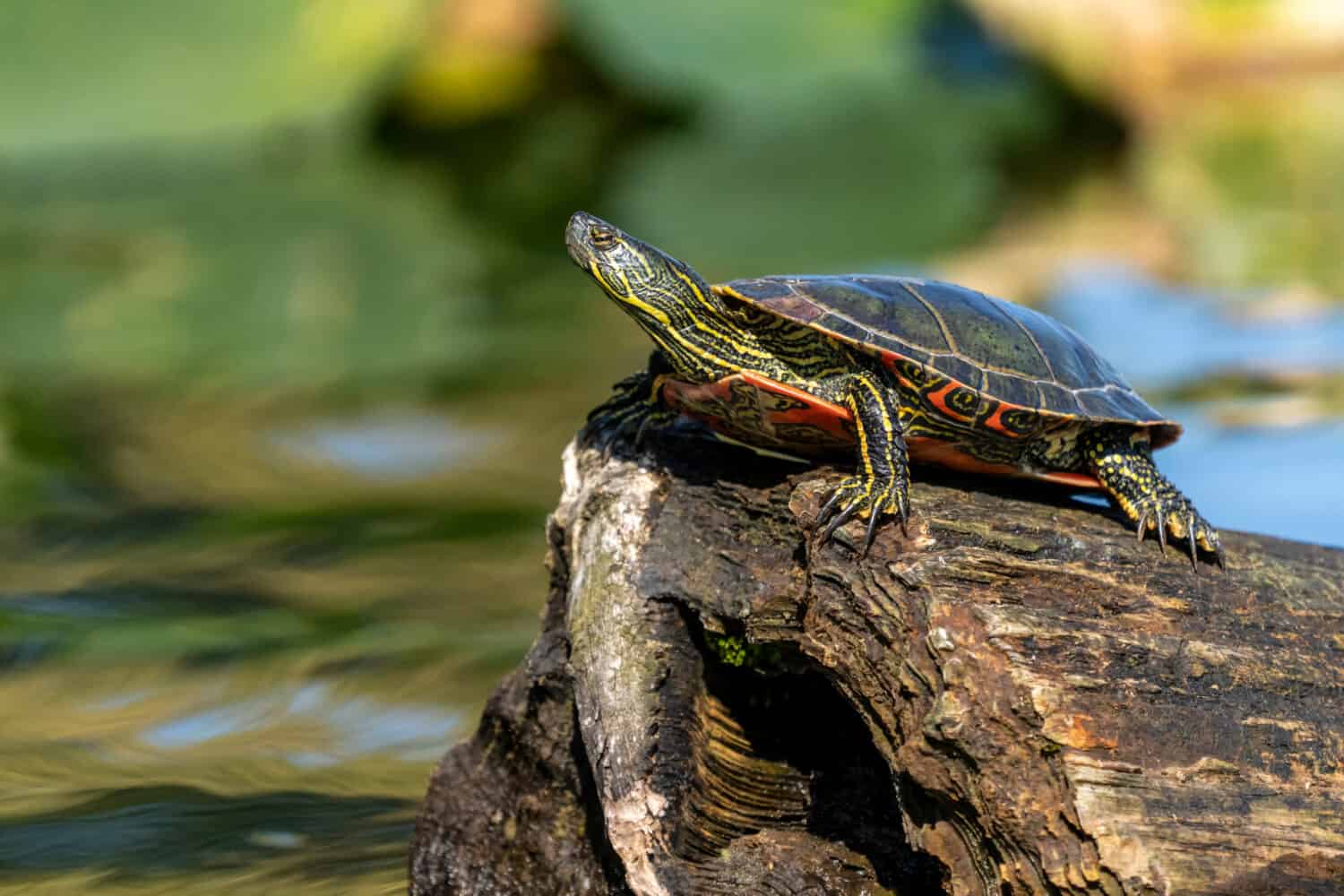
The post This Catastrophic Dam Failure Took Thousands of Human and Animal Lives appeared first on A-Z Animals.
Dams are massive structures built to control the flow of water. They generate hydroelectric power, prevent floods, store water for drinking and irrigation, and create recreational reservoirs. Dams play an important role in modern infrastructure and resource management by regulating water levels and helping to stabilize communities and agricultural areas. Unfortunately, they also significantly alter natural ecosystems, affecting fish migration, sediment flow, and the surrounding environment over time.
When a dam fails, the consequences can be catastrophic. Structural collapse or uncontrolled release of water can send massive waves downstream, creating floods that destroy homes, roads, bridges, and entire communities in a matter of minutes. These events may result from poor construction, lack of maintenance, extreme weather, earthquakes, or excessive rainfall. Beyond the immediate loss of life and property, dam failures can cause long-term environmental damage, contaminate water supplies, and permanently reshape landscapes.
There are roughly 90,000 dams scattered across the United States. While these structures must be built with care to hold back the weight of millions of gallons of water, some have had flaws that led to their ultimate failure, destroying property as well as human and animal lives.
Are All Dams Successful?

Over the course of American history, hundreds of dams have failed. Numerous people have died as a result of these failures, which also caused significant property and environmental damage. The risk of fatal dam failures increases as the nation’s dams deteriorate and its population rises. In this article, you will learn about the most devastating dam failure in the United States. We will also discuss the triggers of the dam failure and the aftermath of this tragic incident.
The Most Devastating Dam Failure in the United States

©Everett Collection/Shutterstock.com
The failure of the South Fork Dam, which affected Johnstown, is currently regarded as the worst dam failure in U.S. history. About eight miles to the east of Johnstown, Pennsylvania, was where the South Fork Dam, a rock and earthen dam, was built. The dam was initially constructed in 1852 with the primary objective of serving as a water source for a canal. The dam was around 918 feet in length, 72 feet in height, 10 feet in width at its crest, and 220 feet in width at its base.
The South Fork Fishing and Hunting Club began in 1881, and between that time and 1889, the dam periodically leaked. However, mud and straw were primarily used to patch things up. Because the dam was close to a thriving community in western Pennsylvania called Johnstown, there were fears that if the dam ever did give way, the town would suffer greatly.
The inhabitants of the dam were also concerned for their safety, and a concerned citizen went as far as personally inspecting the dam and sending a letter highlighting all its flaws to the club. However, his concerns were dismissed.
In May 1889, severe rains started nonstop, and it was at this point the management of the club realized the dam was in danger of giving way. However, because the people of Johnstown had experienced a lot of false alarms, they did not believe the news from the club’s management.
The water gradually went over the dam, and it gave way. On Friday, May 31, 1889, around the afternoon, the water crashed down, and over 20 million tons of water carrying sand and debris flowed into the town. The water flowed into the city and flattened most buildings, killing over 2,200 people, causing the loss of 1,600 homes, and causing over $17 million in property damage.
The flood flattened everything as the mass plowed into the city until it was stopped at the other end of the settlement by a massive stone bridge. The stone bridge was sturdy but caused its own calamity. The water backed up over the city, and as a result, caused water to flow back into the city. Then, a fire started and spread across the entire pile of properties that were already flattened by the flood.
What Caused the South Fork Dam Failure?

©Everett Collection/Shutterstock.com
Generally, to date, the South Fork Fishing and Hunting Club is seen as the cause of the dam’s failure. The owners of the club made changes to the dam for the enjoyment of their private members. Although the club regularly maintained the dam, they still made some risky changes. To prevent the pricey fish from eluding capture, fish screens were constructed across the spillway. The club owners also removed a small portion of the dam, lowering it to allow more than one carriage to travel the path to the clubhouse, leaving the dam only a few feet above the spillway.
4.8 Billion Gallons of Waterflow

©Akarat Phasura/Shutterstock.com
South Fork, Mineral Point, Woodvale, and East Conemaugh were utterly destroyed by the torrent of 4.8 billion gallons of water (a little over 20 million tons) and debris in just 10 minutes. The mass of wreckage was a wave 45 feet tall, over a half mile wide, and moving at 40 miles per hour by the time the roaring waters hit Johnstown.
The animals affected: Fish

©Slowmotion GLI/Shutterstock.com
The catastrophic release of more than 20 million tons of water devastated aquatic life throughout the Little Conemaugh and Conemaugh river systems. Native fish species such as brook trout, smallmouth bass, and various minnows were swept away as the floodwaters violently wiped away riverbeds, uprooted vegetation, and filled streams with mud, debris, and waste. Spawning grounds were obliterated, and oxygen levels dropped due to excess sediment. These factors led to massive and immediate fish deaths. Fish populations lucky enough to survive struggled for years as waterways remained packed with sediment and the natural balance of the ecosystem recovered at a snail’s pace.
The animals affected: Mammals

©Vlad G/Shutterstock.com
The failure of the South Fork Dam had devastating consequences not only for human communities and fish but also for the surrounding mammals. Both land mammals and semi-aquatic mammals suffered enormously as the powerful wall of water tore through surrounding areas like forests and valleys. Beavers, muskrats, river otters, deer, raccoons, and small rodents were drowned or displaced as their dens, burrows, and food sources were washed away. Larger mammals that escaped the initial surge faced starvation and exposure due to habitat destruction. Later, the flood forced animals into unfamiliar areas where competition for resources and human conflict increased significantly.
The animals affected: Reptiles/amphibians

©Danita Delimont/Shutterstock.com
Like fish and mammals, reptile populations were similarly impacted, particularly species which rely on riverbanks for survival. Snapping turtles, painted turtles, water snakes, and salamanders were swept downstream or buried under sediment. Shoreline nesting areas disappeared, with eggs laid along the banks destroyed, reducing future population growth. Long-term effects, like changes in water temperature, flow patterns, and vegetation also negatively impacted delicate ecosystems. Such factors led to population declines that lasted well beyond the immediate disaster.
The post This Catastrophic Dam Failure Took Thousands of Human and Animal Lives appeared first on A-Z Animals.
November 21, 2025 at 06:32PMChristian Drerup
.jpeg)
.jpeg)

0 Comments